Primula is a representative of one of the largest genera in the Primulaceae family, which covers about 500 species of perennial herbaceous plants. Primula stems have a height of 2″ (5 cm) to 13.8″ (35 cm) and the diameter is between 0.04" (1 mm) to 0.1" (3 mm). At the base of the stem, the leaves are anchored in a rosette. They are from 2″ (5 cm) to 7.1″ (18 cm) long, and the flowers are 3-10 in number.
Primula grows in temperate zones of the northern hemisphere. It grows in scrubs, meadows, forests and meadows.
The botanical name of Primula comes from the Latin "primus", which means "the first". It is connected with the appearance of the flower in the early spring.
Growing primula
Primula is propagated by seeds and division of the tufts, and some species by leaf cuttings. It is best to sow the seeds in early February, in boxes under room conditions. Small primula appear after 16-18 days. They are watched closely until the appearance of leaves. Then they can be planted in the actual place of cultivation.
Primula tolerates the weak spring sun, but grows best in penumbra, under bushes and trees that do not completely block out sunlight. The soil should be rich in humus and loose, it should not dry out too quickly.
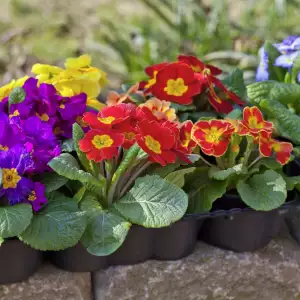
Places where water stagnates and wet clay soils are not quite suitable. Caring for primula in the garden does not require much effort. Weeds should pulled and the soil loosened slightly.
A year or two after planting, primula form dense clumps and completely cover the soil. For a good wintering of the plant, it is key that the leaf rosette be kept intact until late fall, because it is a natural shelter for the roots.
Unfortunately, the beautiful primula are attacked by many pests and diseases. Excess moisture in the soil causes stem rot. They suffer from oxidation and are not overlooked by bacterial strains. Slugs and aphids are serious pests.
Composition of primula
The aerial portion of primula contains phenolic glycosides, flavonoids, saponins, carotene, tannins, ascorbic acid, esters of salicylic acid, volatile oil, and others. The roots and rhizomes have similar contents.
Collection and storage of primula
The usable parts of the plant are the roots, rhizome, flowers and leaves. The roots and rhizome should be picked before flowering occurs in April and when the leaves begin to yellow (June). During flowering (March, May), the leaves are picked.
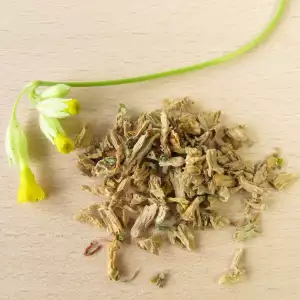
Benefits of primula
The saponins contained in primula have an excellent expectorant effect. Primula herbs are used to treat influenza, asthma, pertussis. The roots are used for the relief of inflammatory disorders of the urinary tract, difficulty urinating, and gout.
The leaves of primula are used to treat headaches, fatigue, deficiency of vitamins C and A. The flowers are used for the treatment of insomnia, and nervousness. The roots have expectorant, diaphoretic and diuretic effects. They enhance gastric secretion and have a relaxing effect on the nervous system.
Primula can be used for all kinds of coughs and inflammatory conditions of the airways, in neuroses. The whole herb is used for heart failure, kidney inflammation and exostosis.
Internal administration of primula: 1 tablespoon of the roots of the herb is boiled in 2 cups (500 ml) of water for 10 minutes. Drink 1 coffee cup 4 times a day, before eating. It can be sweetened with honey. The aerial parts: 2 tablespoons are brewed with 2 cups (500 ml) of water. Drink the same way.
Dangers of primula
When working with primula, there may be undesired allergic reactions. The same is observed in some cases in cultivation and when grown as an ornamental plant in the room.
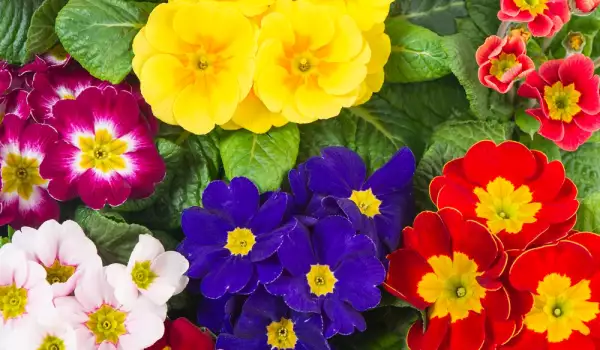
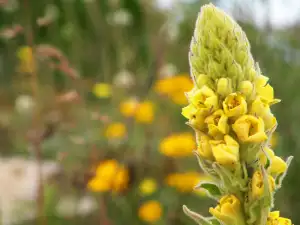
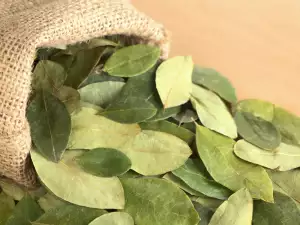
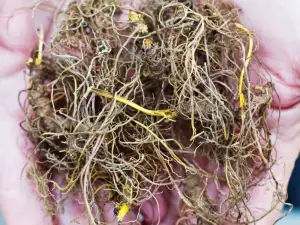
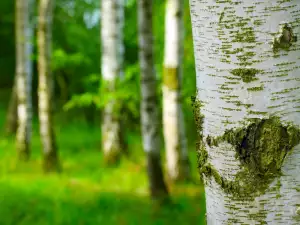
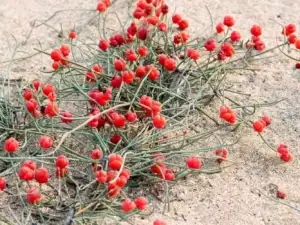
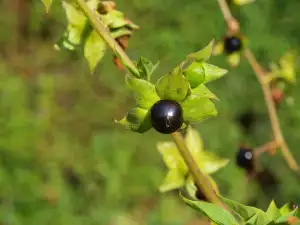
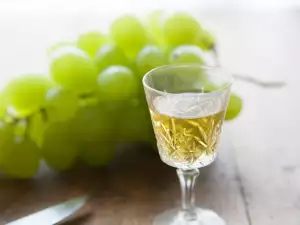
Comments